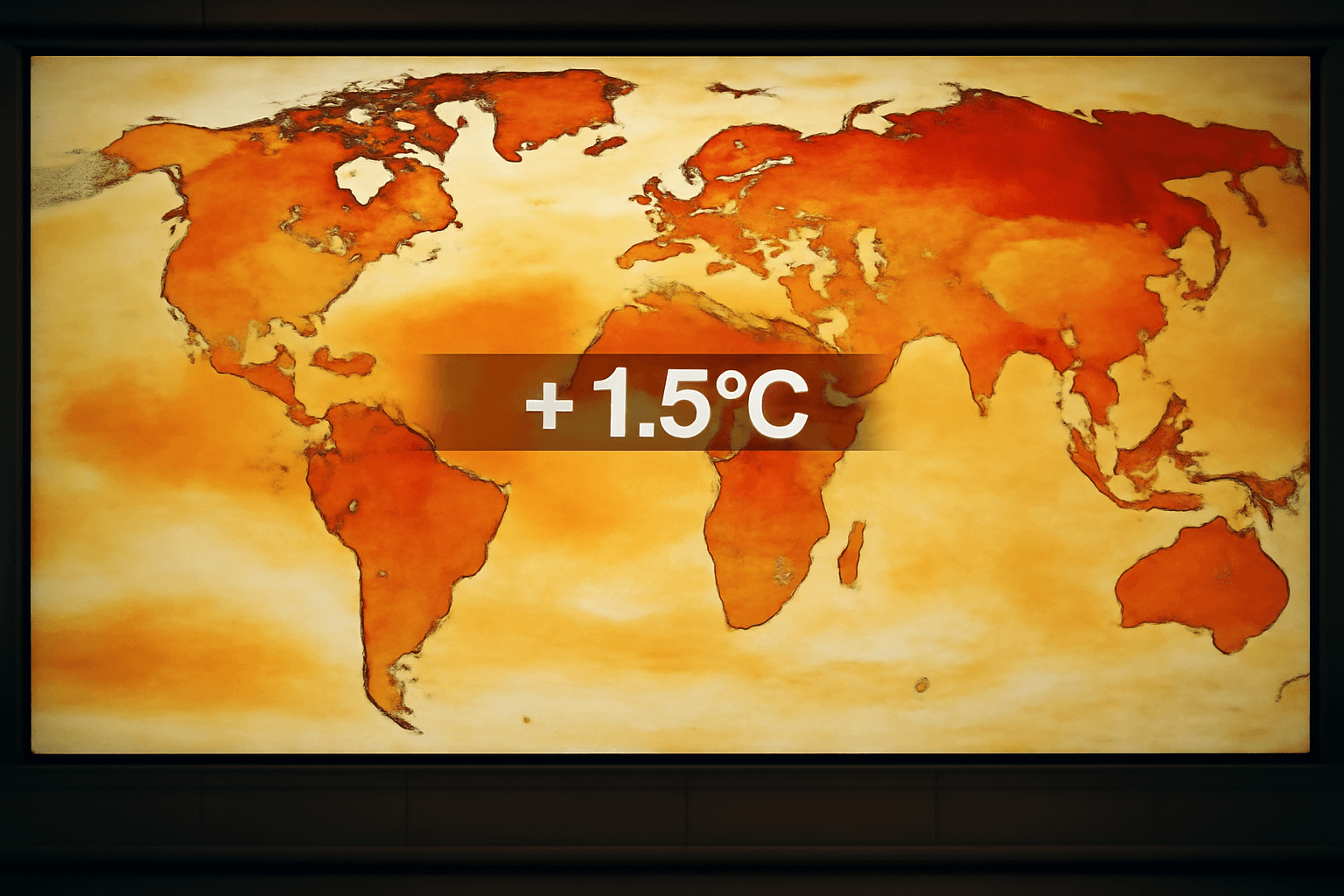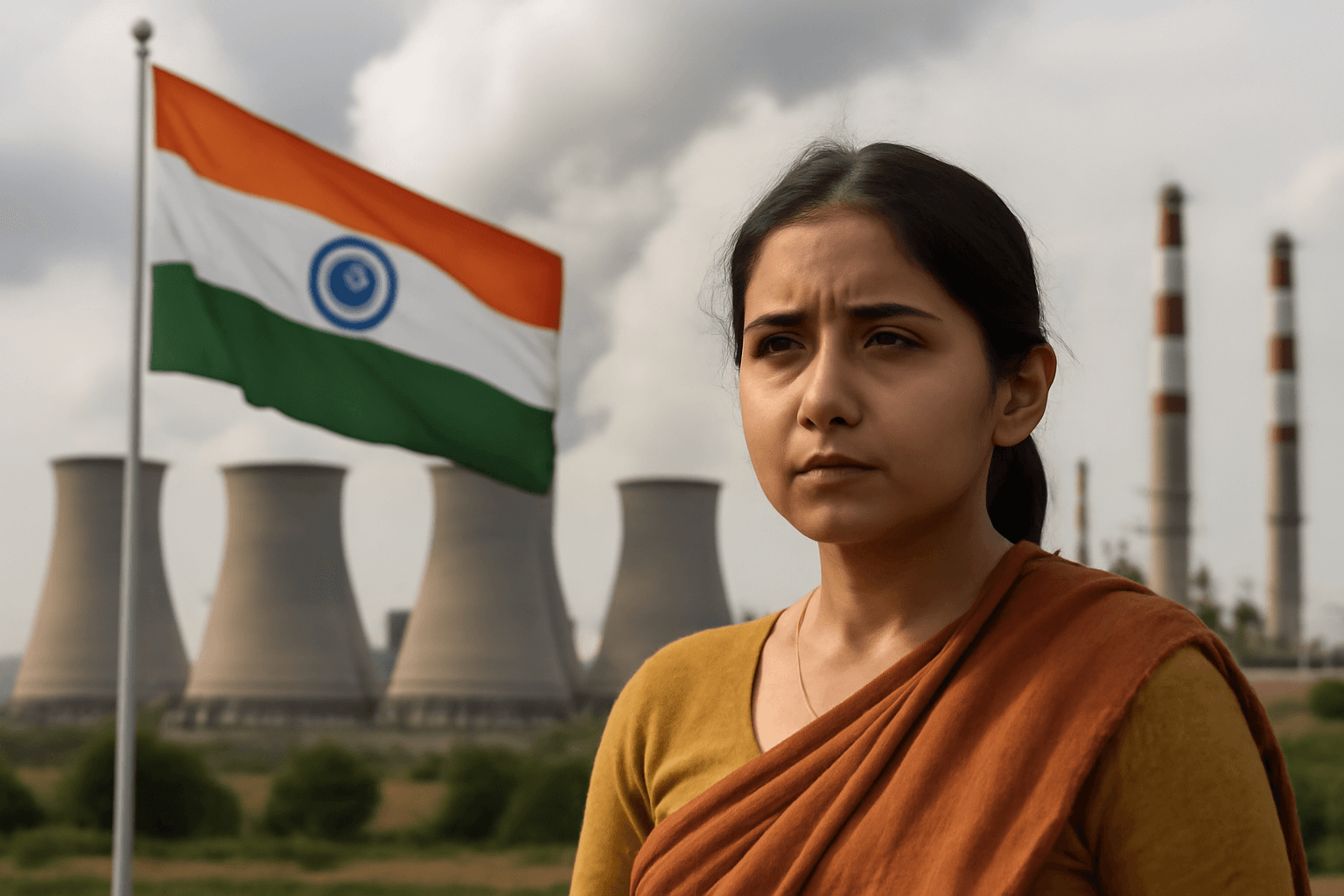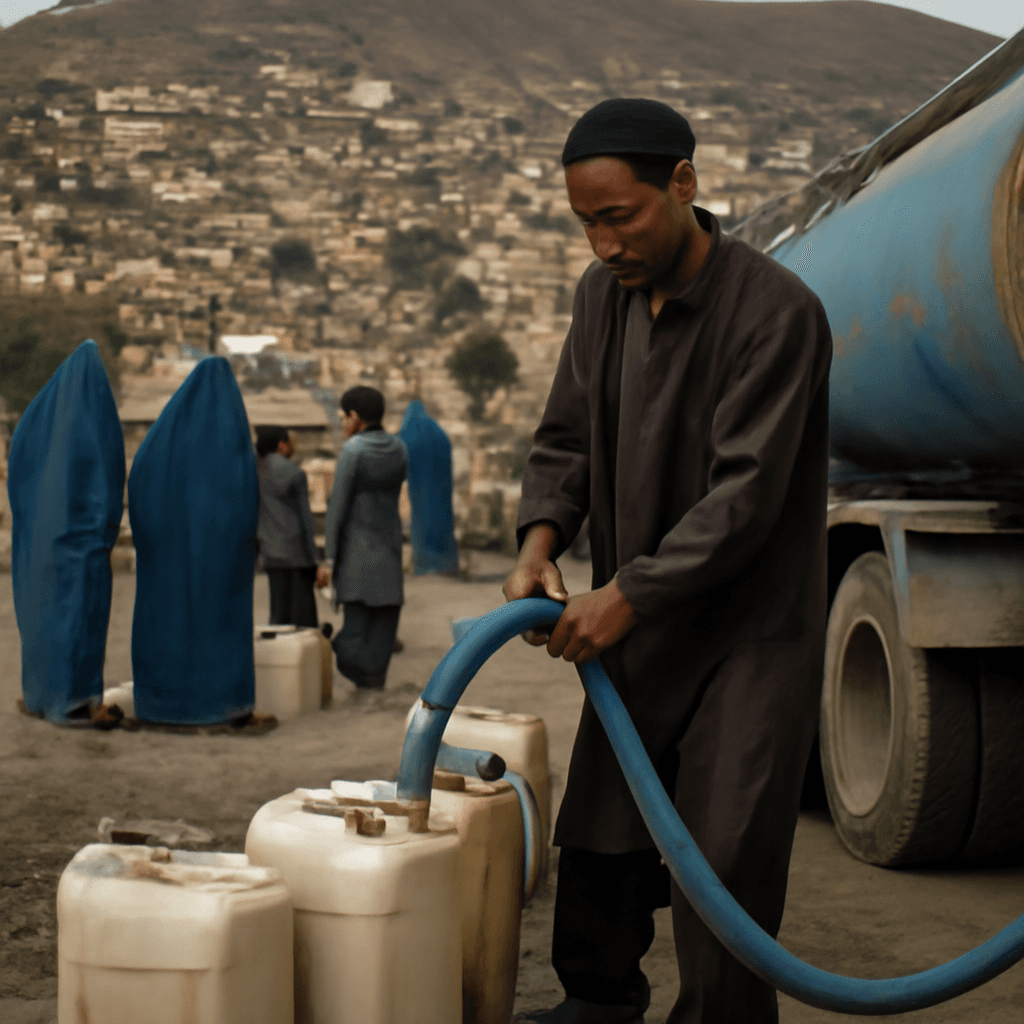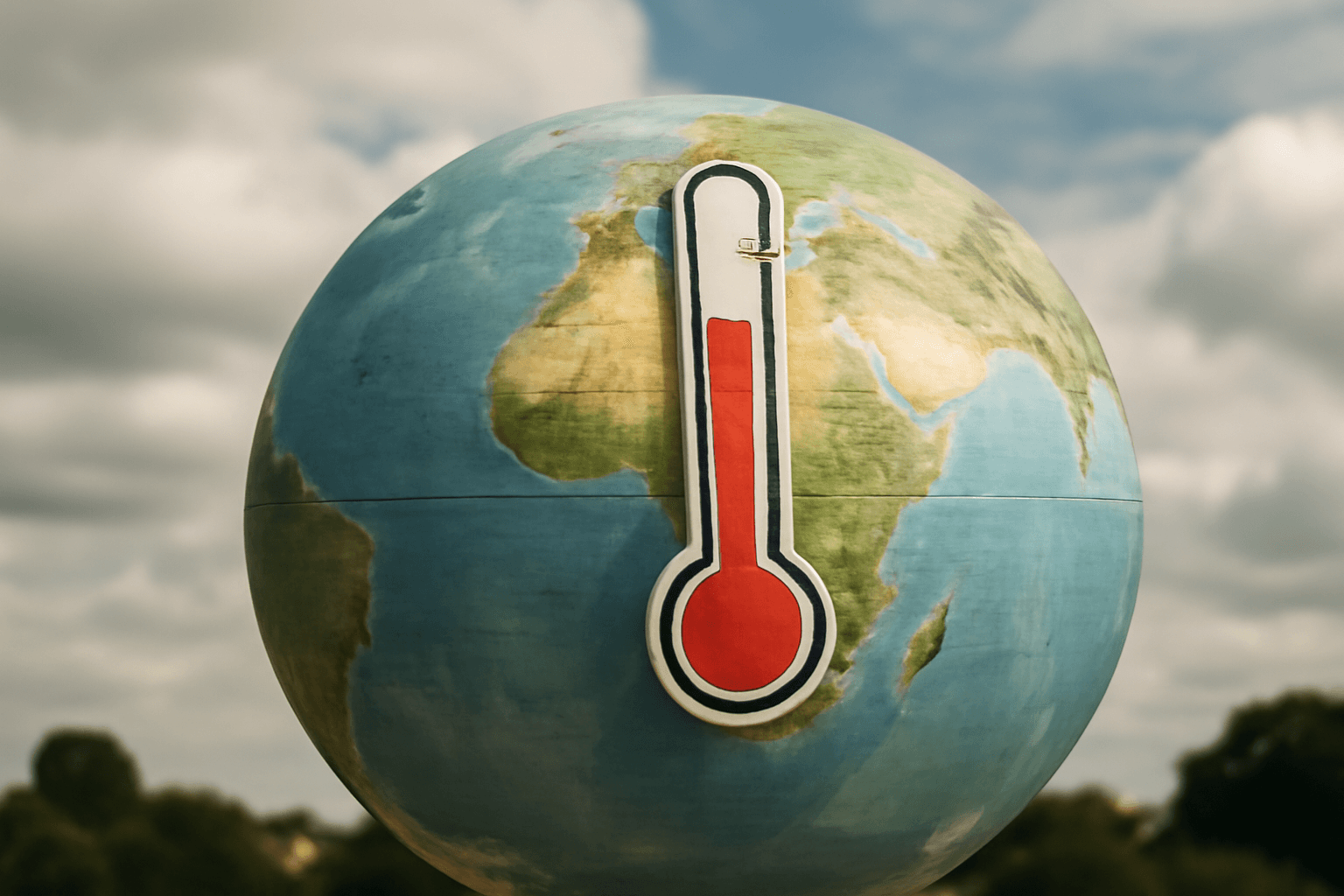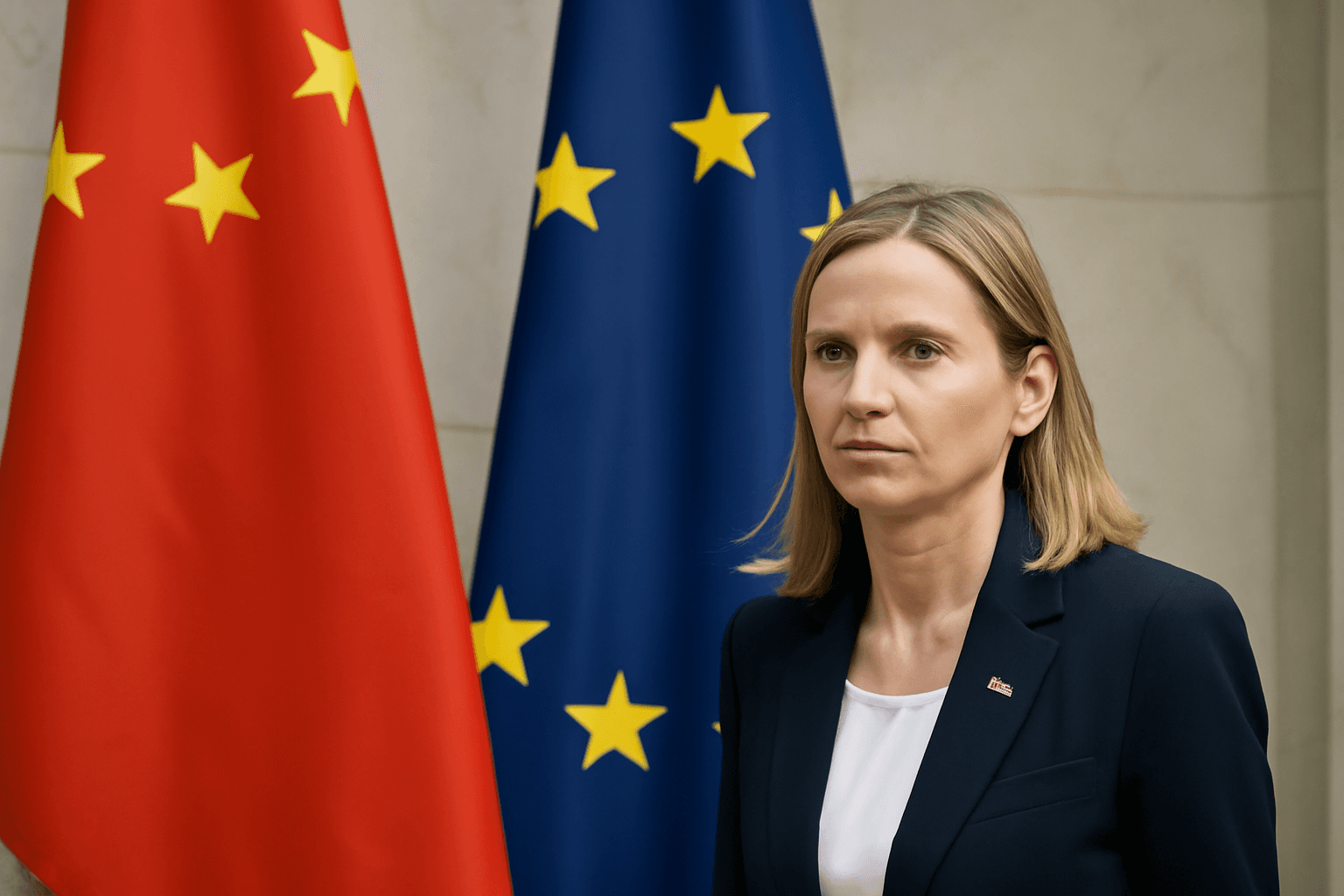The United Nations issued a stark warning on May 28, 2025, indicating a 70% probability that average global temperatures from 2025 to 2029 will exceed the critical 1.5°C increase above pre-industrial levels. This forecast was detailed in the latest report released by the World Meteorological Organization (WMO), the UN's weather and climate agency.
According to the WMO, the planet has just experienced the 10 warmest years on record, including the two hottest years of 2023 and 2024. Ko Barrett, the WMO’s deputy secretary-general, emphasized the absence of any reprieve from warming trends, warning that the sustained rise in temperatures threatens economies, ecosystems, and daily human life.
The 2015 Paris Agreement targeted limiting global warming to well below 2°C, ideally capping it at 1.5°C above pre-industrial averages measured from 1850-1900. However, ongoing increases in carbon dioxide emissions have made the 1.5°C goal increasingly unfeasible according to leading climate scientists.
Five-Year Climate Outlook
The WMO’s projections, prepared in collaboration with the UK Met Office and other global meteorological centers, estimate that the near-surface temperature anomaly each year between 2025 and 2029 will range from 1.2°C to 1.9°C above pre-industrial levels. The 70% chance reflects an average warming surpassing 1.5°C across this period.
Peter Thorne, director at the Irish Climate Analysis and Research Units, noted this trend aligns with expectations of crossing the 1.5°C threshold on a sustained basis by the late 2020s or early 2030s, predicting that the likelihood of surpassing this mark will approach 100% within the next two to three years.
Furthermore, there is an 80% probability that at least one year within 2025-2029 will be hotter than the record-breaking year of 2024.
Long-Term Temperature Projections and Rising Risks
To mitigate natural variability, long-term warming is assessed through combining recent observational data with forecast models. These analyses predict a 20-year average temperature increase of approximately 1.44°C from 2015 to 2034.
The European Union’s climate monitoring service, Copernicus, currently estimates warming at 1.39°C and anticipates the 1.5°C limit may be reached as early as mid-2029.
While the chance of a single year exceeding 2°C warming remains low at 1%, it is non-negligible and unprecedented in predictive models, signaling a troubling new dimension to potential climate extremes.
Implications of Accelerating Climate Change
Small increases in global temperatures exacerbate the frequency and severity of heatwaves, floods, droughts, and glacial melt. Recent record temperatures have been recorded globally, with regions such as China, the United Arab Emirates, and Pakistan experiencing extreme heat and associated deadly weather events.
Climatologist Friederike Otto from Imperial College London highlighted the dangerous level of current warming, citing recent catastrophic floods and wildfires worldwide and criticized continued reliance on fossil fuels as reckless in the face of such risks.
Regional Climate Expectations
The Arctic is expected to experience warming exceeding the global average, with notable reductions anticipated in sea ice across the Barents Sea, Bering Sea, and Sea of Okhotsk between 2025 and 2029.
Precipitation forecasts suggest wetter conditions in South Asia, the Sahel, northern Europe, Alaska, and northern Siberia, while drier trends are expected over the Amazon basin.


